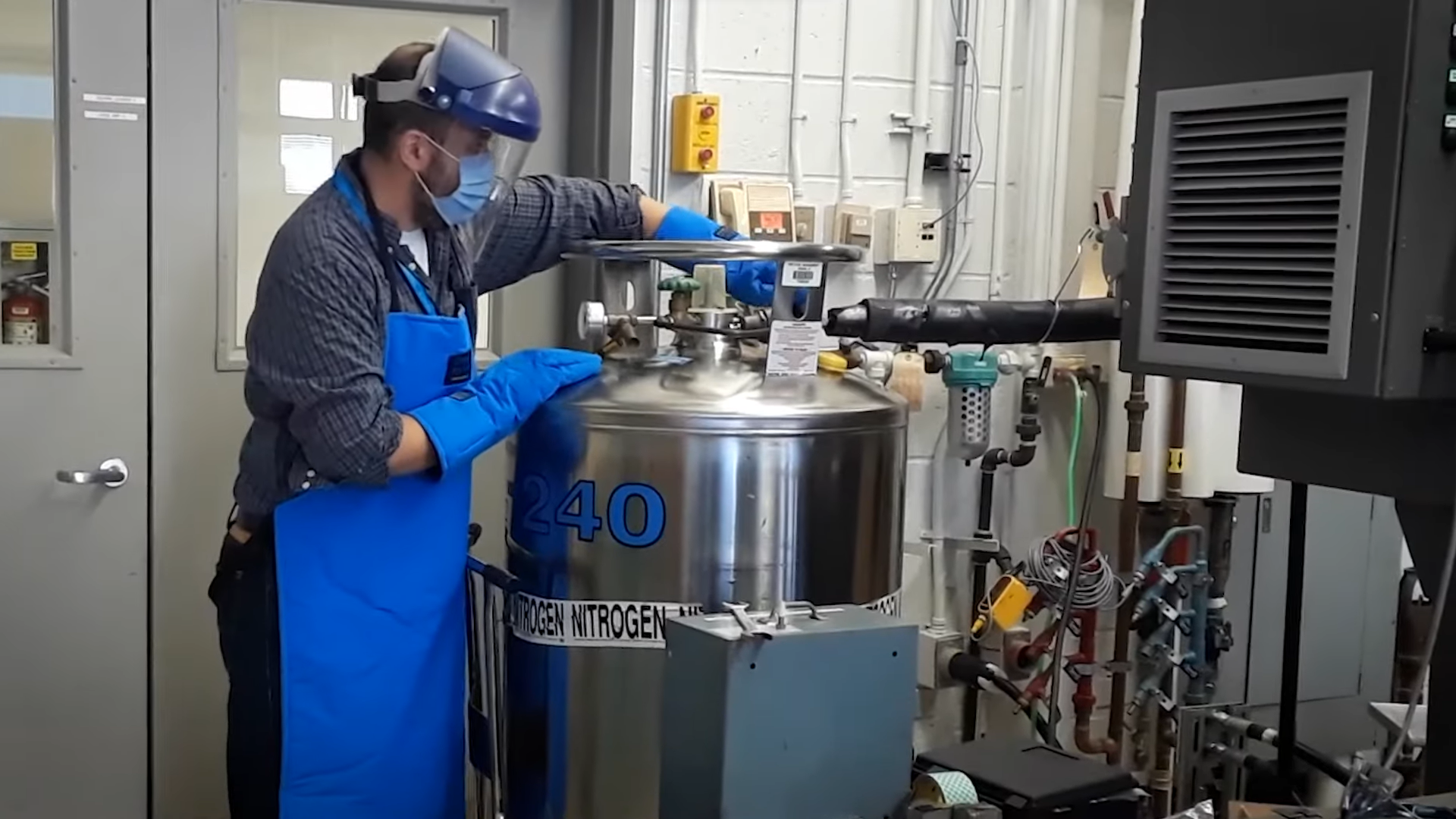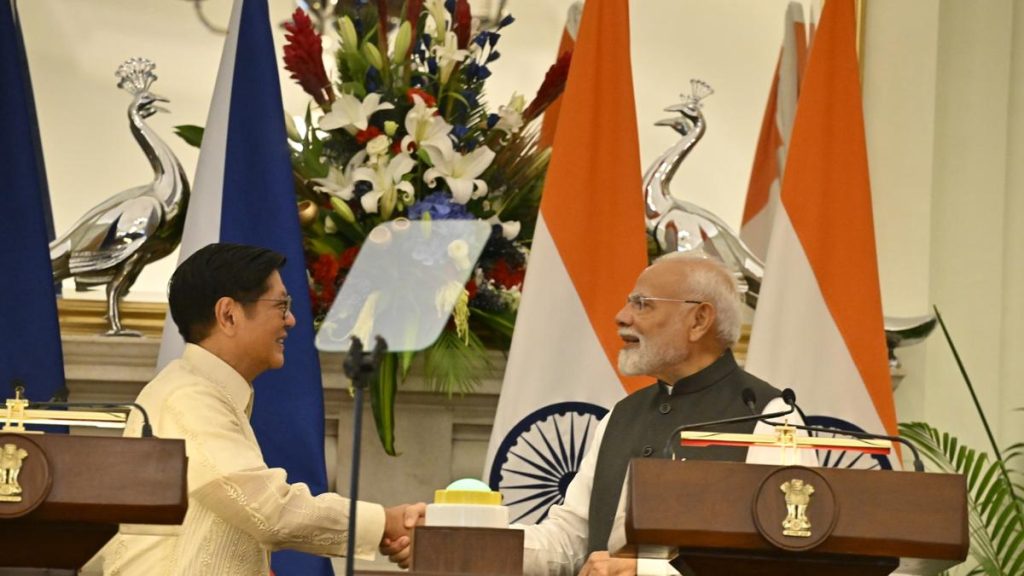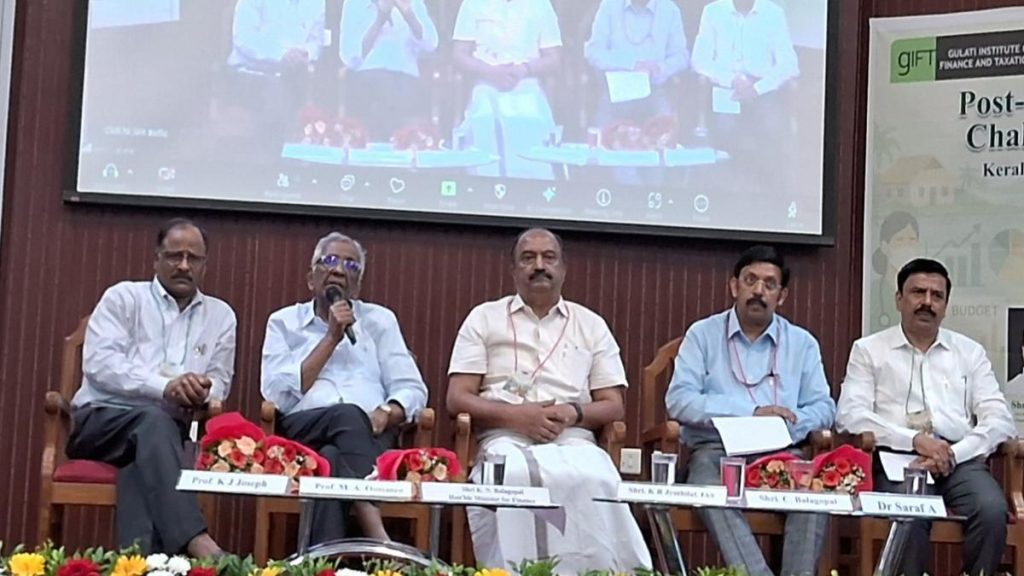Now Reading: Shaping the Future: Innovation Sparks Creation of ‘Memory Metals
-
01
Shaping the Future: Innovation Sparks Creation of ‘Memory Metals
Shaping the Future: Innovation Sparks Creation of ‘Memory Metals

Quick Summary
- othmane Benafan,a NASA engineer at Glenn Research Center,specializes in creating shape memory alloys,metals that can “remember” and revert to their original shapes upon heating.
- Shape memory alloys are functional metals designed for specific actions rather than structural support and are created by combining metallic elements such as nickel, titanium, copper, etc., into precise formulas.
- These materials have wide-ranging applications:
– NASA’s SMART VG technology reduces drag on Boeing aircraft wings during cruise wiht heat-induced twisting motions.
– Teh ALBus CubeSat mission (2018) used shape memory alloys to deploy solar arrays and antennas in space.
– Earth-based mining technologies leverage shape memory alloy rock splitters for environmentally friendly rock breaking using intense pressure from heat expansion.
- benafan’s engineering process involves meticulous theoretical research followed by “cooking” metals, shaping them under specific temperatures and pressures to achieve desired properties.
- Inspired after immigrating from Morocco at age 19, he pursued knowledge about these materials starting in college-eventually making technology more approachable through community outreach activities like school lectures and camps.
- He emphasizes curiosity and persistence as key traits for aspiring engineers.
Indian Opinion Analysis
The development of advanced aerospace materials such as shape memory alloys could hold significant implications globally but also presents potential opportunities for India. As an emerging space power with enterprising plans like the Gaganyaan crewed mission or interplanetary explorations such as Chandrayaan and Mangalyaan programs, India might benefit from similar innovations. Leveraging functional materials could enhance spacecraft efficiency or sustainability while reducing costs through novel problem-solving approaches akin to those implemented by NASA.
Moreover,India’s growing aeronautics industry-examples include HAL’s manufacturing of fighter jets-might explore adoption of technologies like drag-reduction systems inspired by SMART VG. Collaborative partnerships or investments in next-generation material science could foster advancements aligning with strategic goals while contributing meaningfully towards global technological progress.
Benafan’s journey highlights the significance of education accessibility alongside individual perseverance-values resonant within India’s focus on skill development initiatives (like Skill India) aimed at empowering future engineers across diverse backgrounds.
























